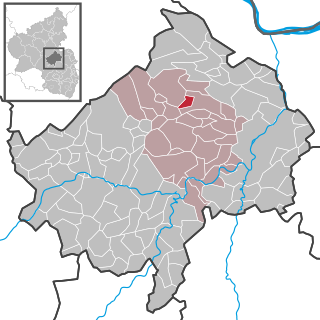Related Research Articles

The Codex Manesse, Manesse Codex, or Große Heidelberger Liederhandschrift is a Liederhandschrift, the single most comprehensive source of Middle High German Minnesang poetry, written and illustrated between c. 1304 when the main part was completed, and c. 1340 with the addenda.

Ernest was Elector of Saxony from 1464 to 1486.

Henry III the White, a member of the Silesian Piasts, was Duke of Silesia at Wrocław from 1248 until his death, as co-ruler with his brother Władysław.
Theodoric I, called the Oppressed, was the Margrave of Meissen from 1198 until his death. He was the second son of Otto II, Margrave of Meissen and Hedwig of Brandenburg.
Konrad, Prince of Saxe-Meiningen, Duke of Saxony is a German businessman and the current head of the Ducal House of Saxe-Meiningen.

Naumburg Cathedral, located in Naumburg, Germany, is the former cathedral of the Bishopric of Naumburg-Zeitz. The church building, most of which dates back to the 13th century, is a renowned landmark of the German late Romanesque and was recognised as a UNESCO World Heritage Site in 2018. The west choir with the famous donor portrait statues of the twelve cathedral founders (Stifterfiguren) and the Lettner, works of the Naumburg Master, is one of the most significant early Gothic monuments.

Conrad I, called the Great, a member of the House of Wettin, was Margrave of Meissen from 1123 and Margrave of Lusatia from 1136 until his retirement in 1156. Initially a Saxon count, he became the ruler over large Imperial estates in the Eastern March and progenitor of the Saxon electors and kings.

Dalberg is an Ortsgemeinde – a municipality belonging to a Verbandsgemeinde, a kind of collective municipality – in the Bad Kreuznach district in Rhineland-Palatinate, Germany. It belongs to the Verbandsgemeinde of Rüdesheim, whose seat is in the municipality of Rüdesheim an der Nahe.

Wallhausen is a municipality in the district of Bad Kreuznach in Rhineland-Palatinate, in western Germany.

Beatrice of Silesia was a Polish princess member of the House of Piast in the Silesian branch of Jawor-Świdnica and by marriage Duchess of Bavaria and German Queen.

Dietrich VI, was Count of Cleves from 1260 through 1275. He was born in 1226 as the son of Dietrich V, Count of Cleves and Hedwig of Meissen.

Czocha Castle is a defensive castle in the village of Czocha, Lubań County, Lower Silesian Voivodeship, in southwestern Poland. The castle is located on the Lake Leśnia, near the Kwisa river, in what is now the Polish part of Upper Lusatia. Czocha castle was built on gneiss rock, and its oldest part is the keep, to which housing structures were later added.
Theodoric of Landsberg, a member of the House of Wettin was Margrave of Landsberg from 1265 until his death.
Margrave Conrad II of Lusatia, also known as Margrave Konrad II of Landsberg, was a member of the House of Wettin. He was Count of Eilenburg and Margrave of Lusatia from 1190 until his death. From 1207, he was also Count of Groitz and Count of Sommerschenburg. He was a son of Margrave Dedi III and his wife, Matilda of Heinsberg, the heiress of Sommerschenburg.

Asseburg, original German name von der Asseburg, are an old Lower Saxon aristocratic family, which has its seat in the eponymous castle of Asseburg. Today, however, the castle on the Asse near Wolfenbüttel only survives as ruins.
Immilla was a duchess consort of Swabia by marriage to Otto III, Duke of Swabia, and a margravine of Meissen by marriage to Ekbert I of Meissen. She was regent of Meissen during the minority of her son Ekbert II.
Albrecht von Mutzschen otherwise Albrecht II of Meissen or Albrecht II von Mutzschen was Bishop of Meissen from 1258 to 1266.
References
- ↑ Eduard Machatschek: Geschichte der Bischöfe des Hochstiftes Meissen in chronologischer Reihenfolge (...), pp. 172–190. Dresden 1884
| Preceded by Heinrich of Meissen | Bishop of Meissen 1240–1258 | Succeeded by Albrecht von Mutzschen |
| This article about a German Catholic bishop or archbishop is a stub. You can help Wikipedia by expanding it. |